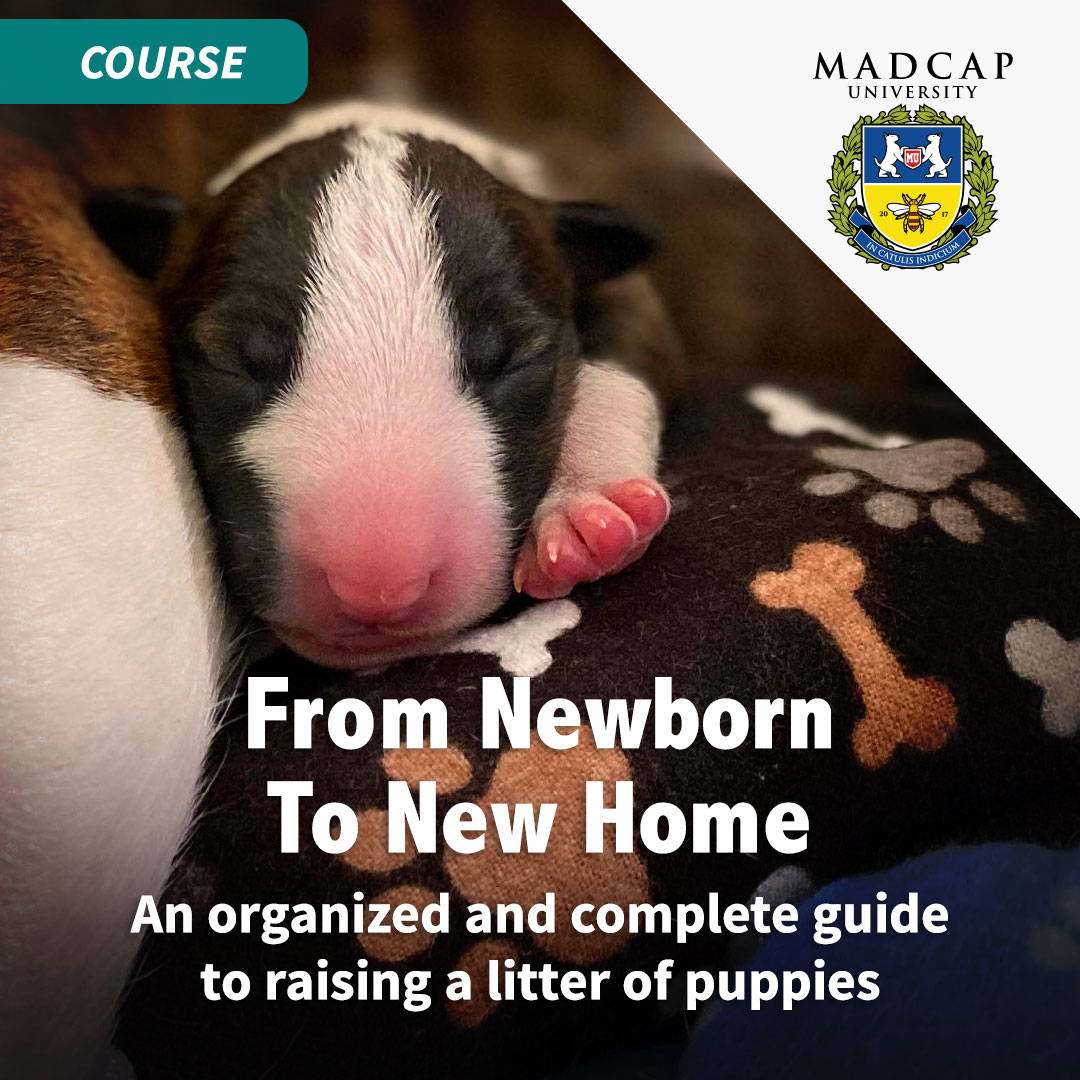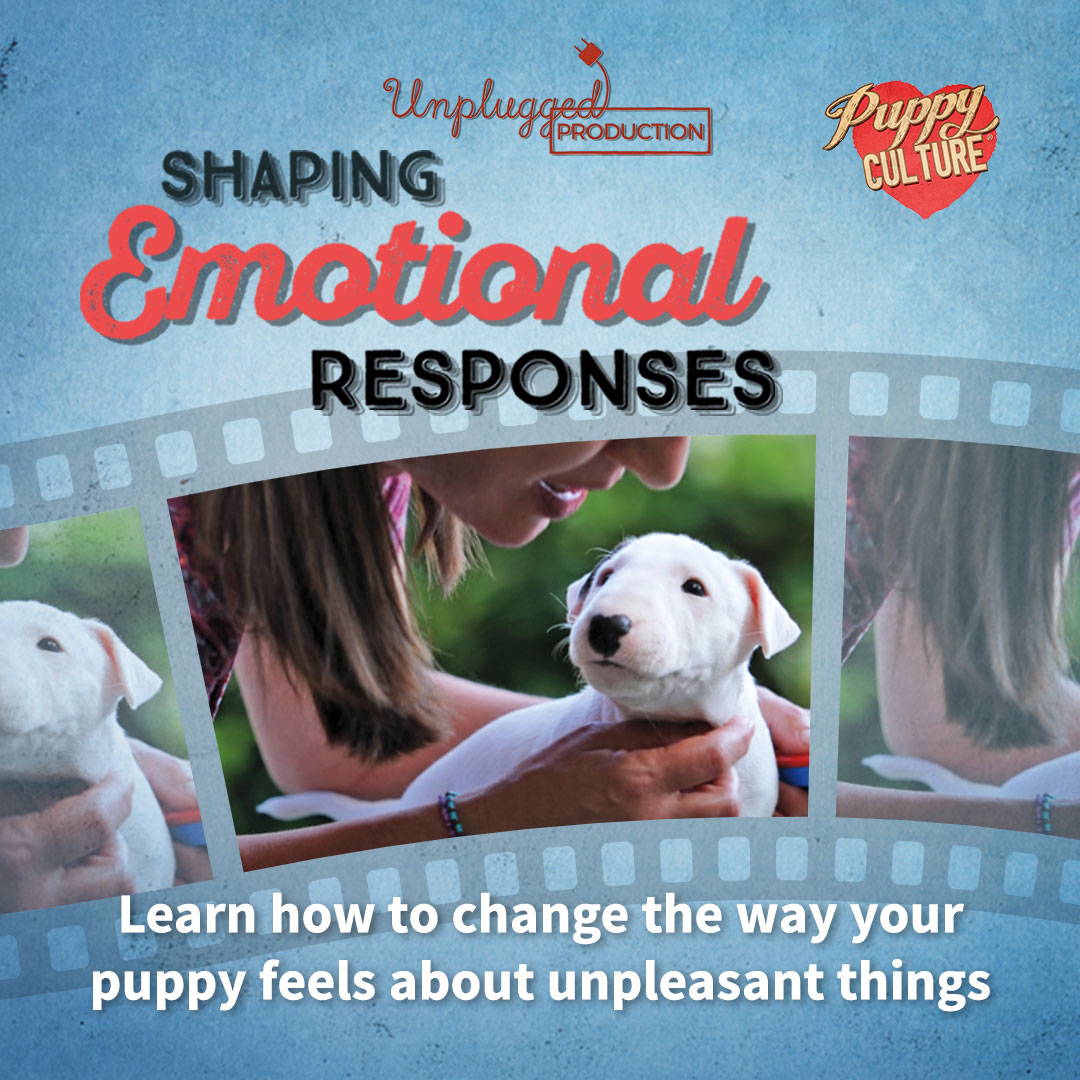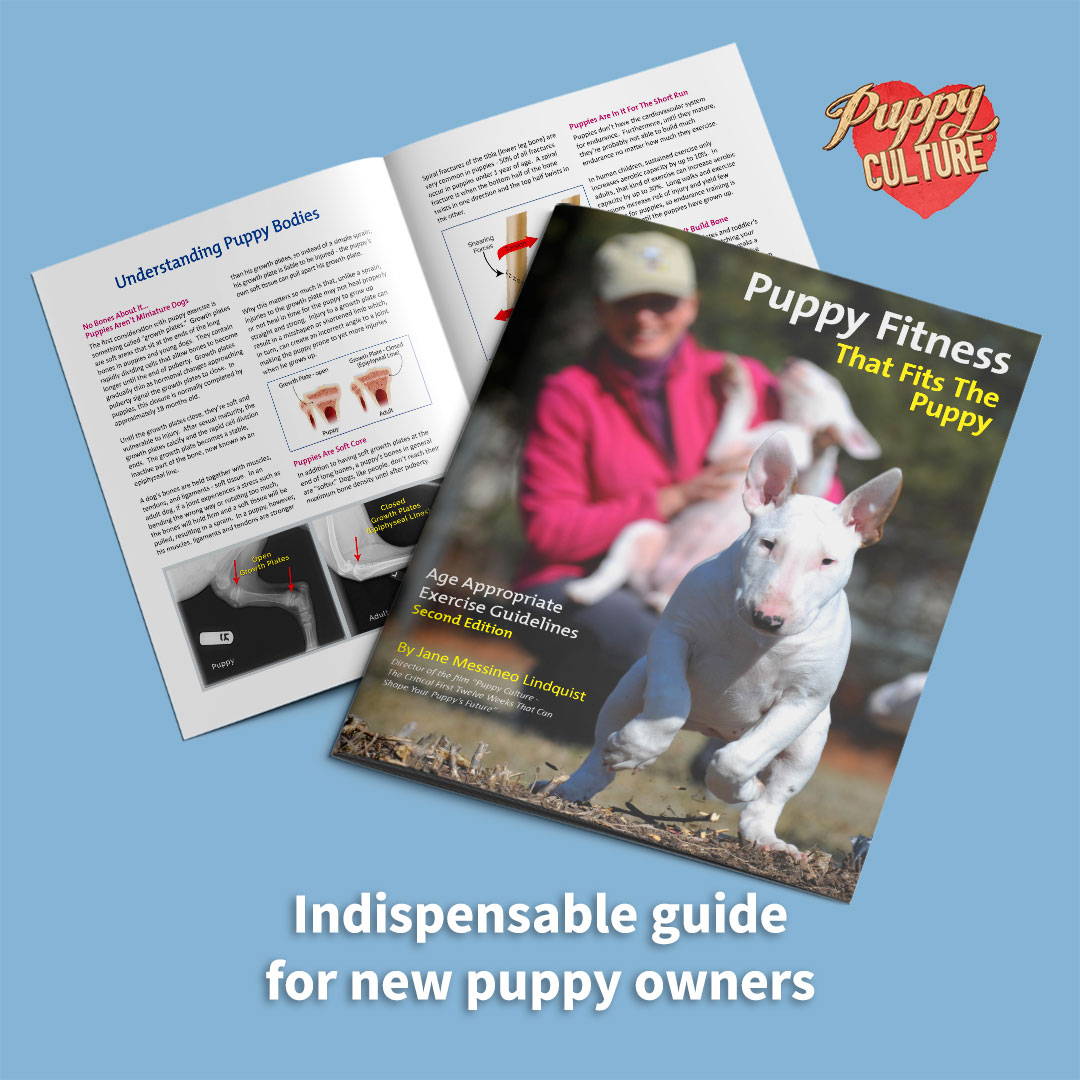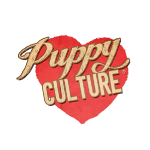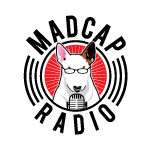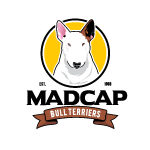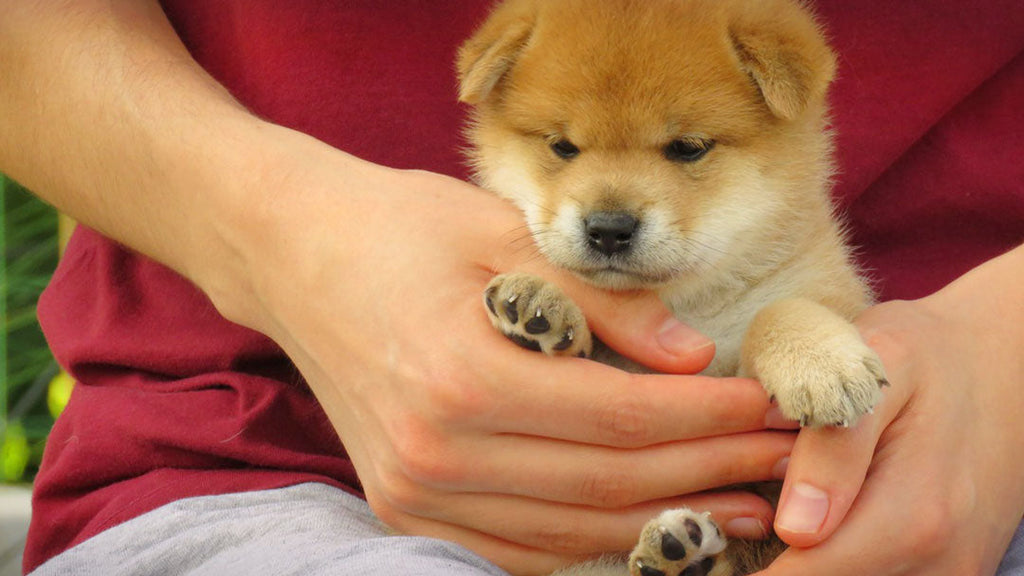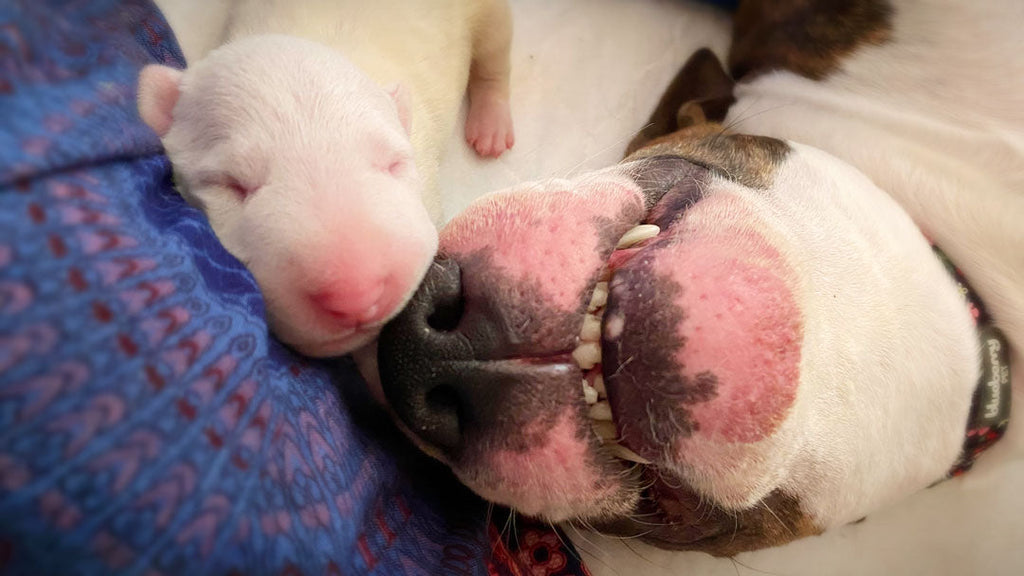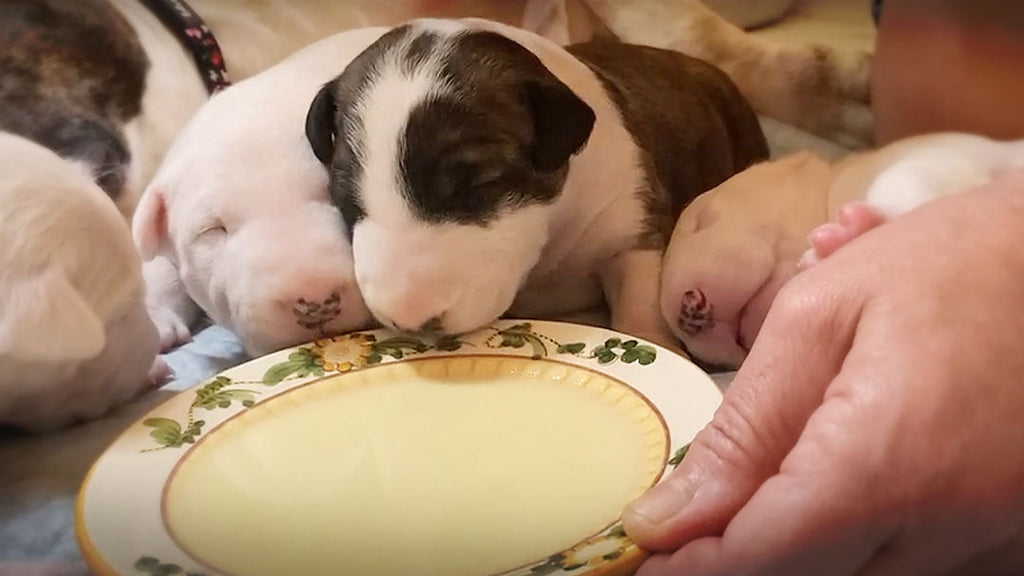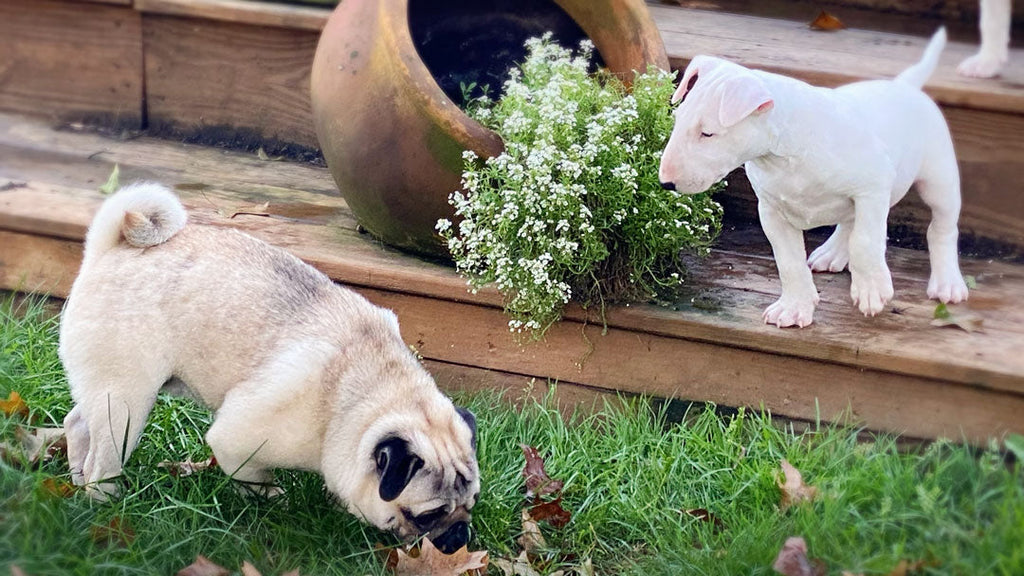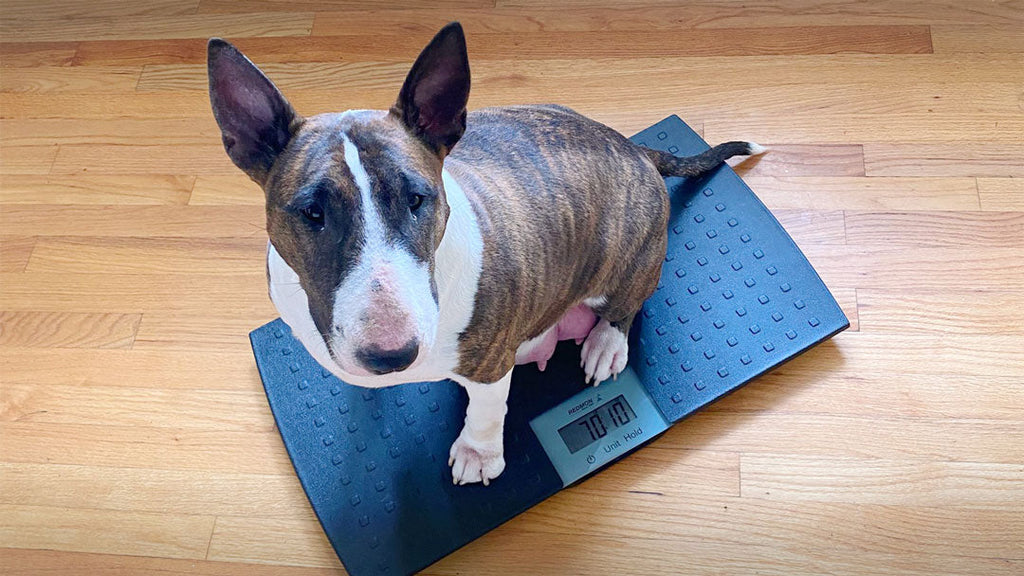Re-Thinking Early Neurological Stimulation
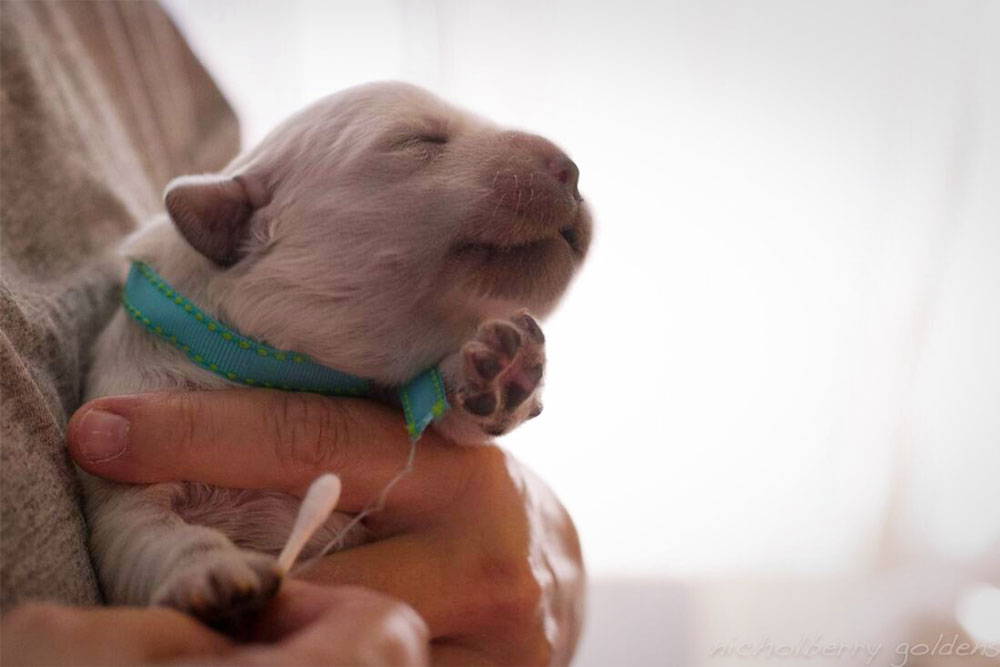
Puppy Culture is an open source architecture - it grows and clarifies based on the input and feedback of the users. Pursuant to that, based on the discussions in our Facebook Discussion Group, I think a major re-thinking of Early Neurological Stimulation (ENS) is in order.
Don’t panic, I’m not “turning against” ENS! It’s still an awesome protocol under the right circumstances. But the piece that I think we need to embrace is that ENS really is a subset of a larger category, which is shaping the neurological development of neonates. And there is (or at least should be) more than one protocol in that category, depending on the circumstances.
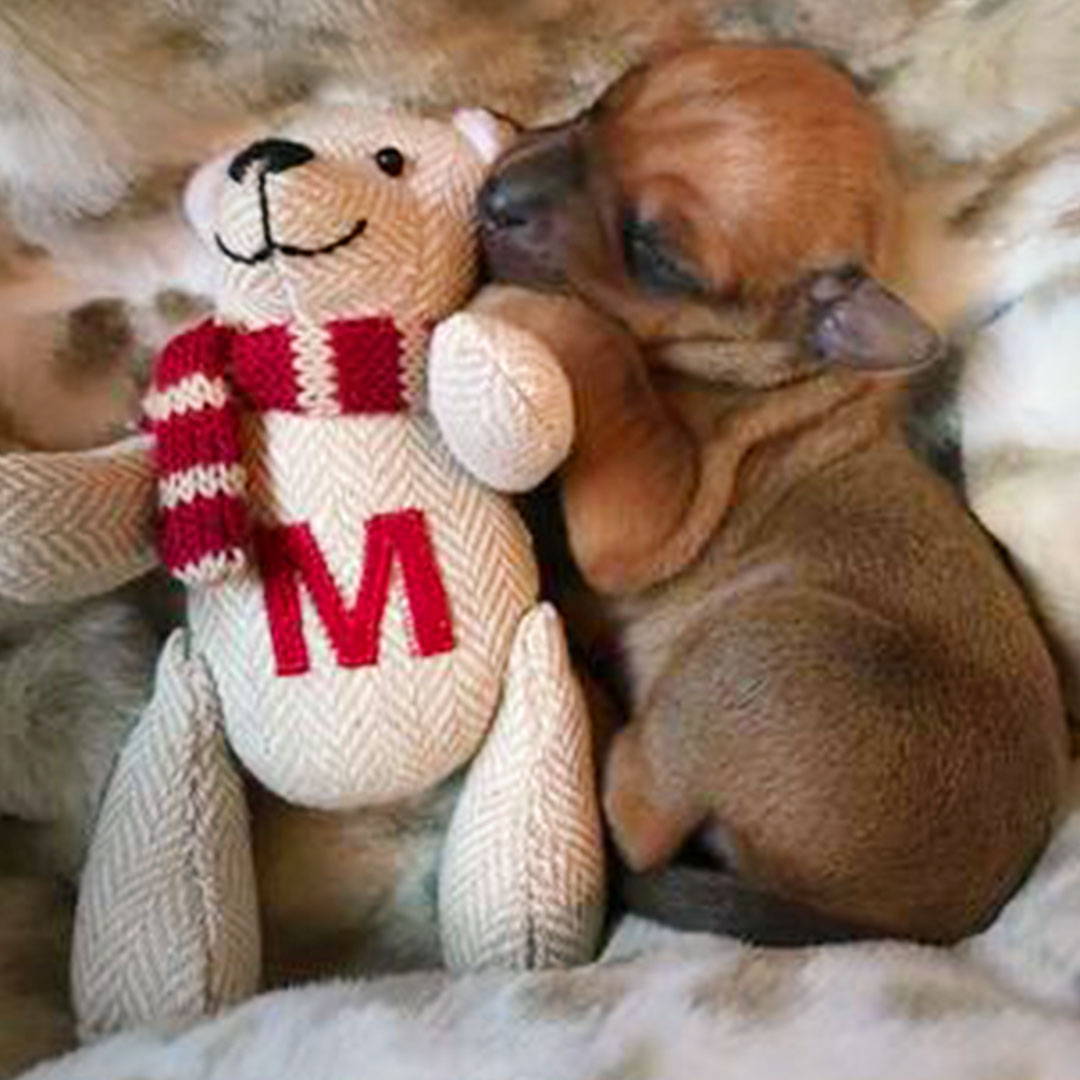
For those of you who are not familiar with Puppy Culture, one of our core tenants is that we look for behavioral markers to know when a particular protocol is appropriate, rather than looking at the temporal age of the puppies. So we always want to know the developmental period, rather than how many days the puppy has been alive in order to do the right thing at the right time. And litters vary a lot - developmental periods have been documented to vary by as much as 16 days between breeds, and, in our experience, this is a pretty conservative estimate.
What I've recently come to realize is that, in the same way that we look for behavioral markers to know when to do what protocol in Puppy Culture, we need to focus on the circumstances of the litter to know WHAT KIND of stimulation is required:
- Where all the stars align with a low stress birth and excellent maternal care, ENS is perfect, and should confer all of the benefits Dr. Battaglia talks about in Puppy Culture.
- But, where the stars don’t align so well and there is a stressful birth or poor maternal care, ENS is unnecessary as the puppies already are stressed. Both Dr. Battaglia and I talk about this in Puppy Culture. In this situation you can focus on tactile stimulation that would simulate maternal care (licking). So long firm strokes of the body and anogenital regions, with your hands or possibly with a soft brush, rather than stressful ENS-type manipulations.
That's the Reader's Digest version of this blog...my reasoning for this is outlined at some length, below, (and I am only skimming the topic, at that). But I know it’s somewhat dense material and not everyone will wade through it, so I wanted to get it out up front that, in cases where the litter is stressed, I believe there is already enough stress to produce the results of ENS, and furthermore there is an alternative to ENS that the research indicates will be appropriate and beneficial under those circumstances.
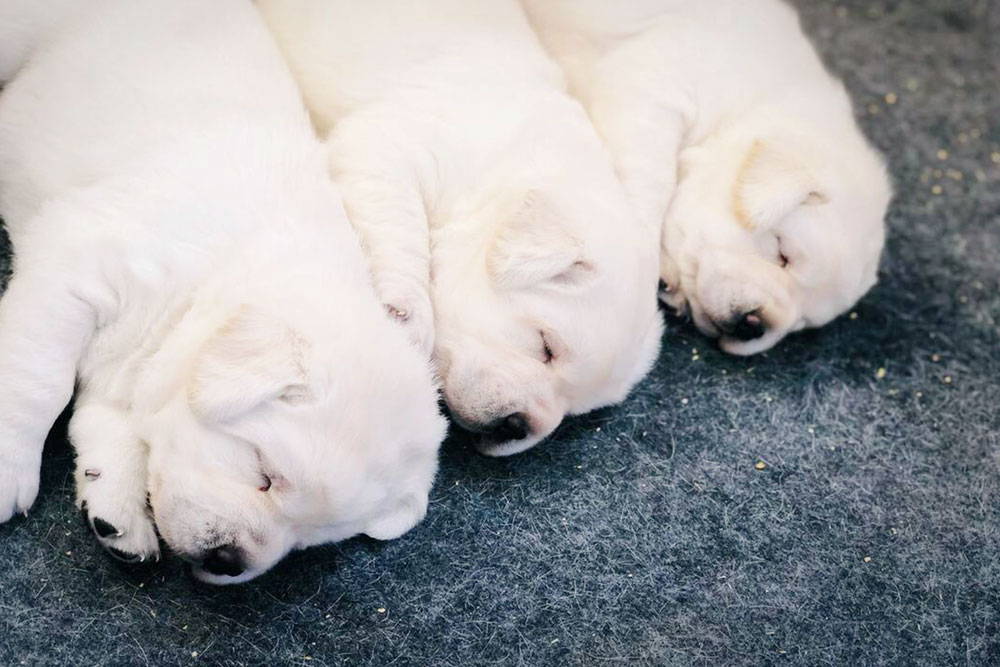
Why Touch Shapes Personality
The neurological and endocrine systems of neonates are extremely flexible (approximately the first two weeks of life). In a safe environment with lots of resources, certain neurological and endocrine (hormonal) responses will aid survival, and in a dangerous environment with low resources a completely different set of responses will aid survival. This is why these systems are so plastic at birth - they develop differently to optimize based on the environment into which the animal is born.
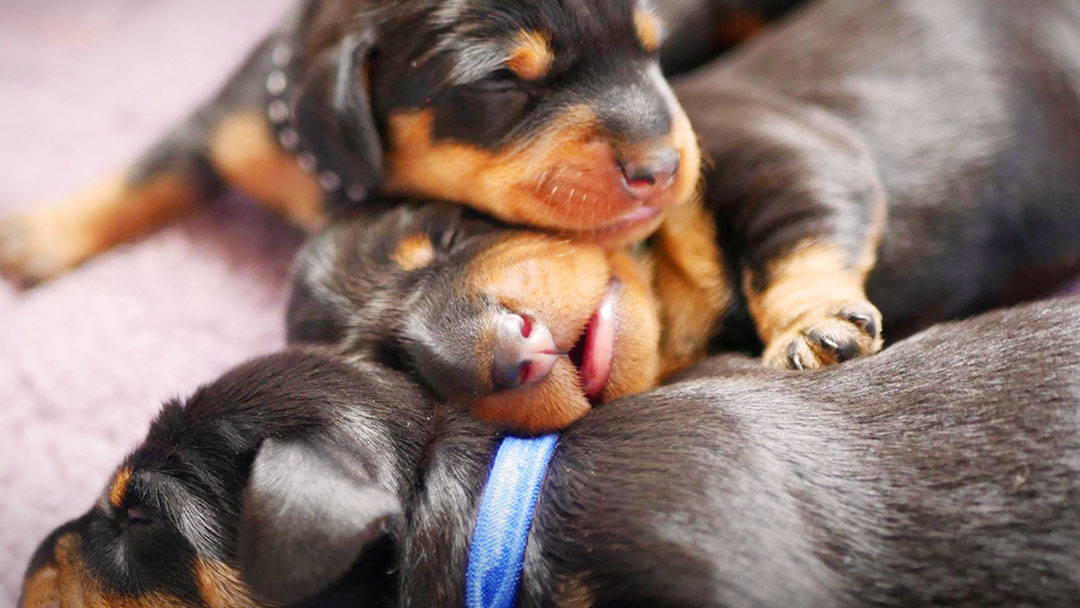
Suffice it to say that the kinds of emotions and behaviors we want our dogs to have are by and large facilitated by convincing the puppies’ systems that they are going to be living in a safe and resource abundant environment. But we also, when possible, want to challenge the puppies’ endocrine and neurological systems ever so slightly to get additional gains in those systems. This is the tightrope we are walking when we get into protocols that shape early neurological development.
Why Circumstances Matter
Now back to ENS. ENS assumes that the environment truly is low stress, low danger, and high resource. In this case, we can pick up bonus development by introducing low amounts of stress. But what does that mean in terms of a litter in the breeder’s house? It means the dam is not stressed, has good mothering skills, plenty of milk, and is in good health. It means the puppies have not been stressed in any way, their birth was uneventful and natural, that they are eating and gaining normally, and are not sick in any way. This describes perfectly the average German Shepherd litter that is free whelped - the mother cares well for the puppies and the breeder hardly touches them for the first two weeks. ENS in this situation is almost certainly very beneficial.
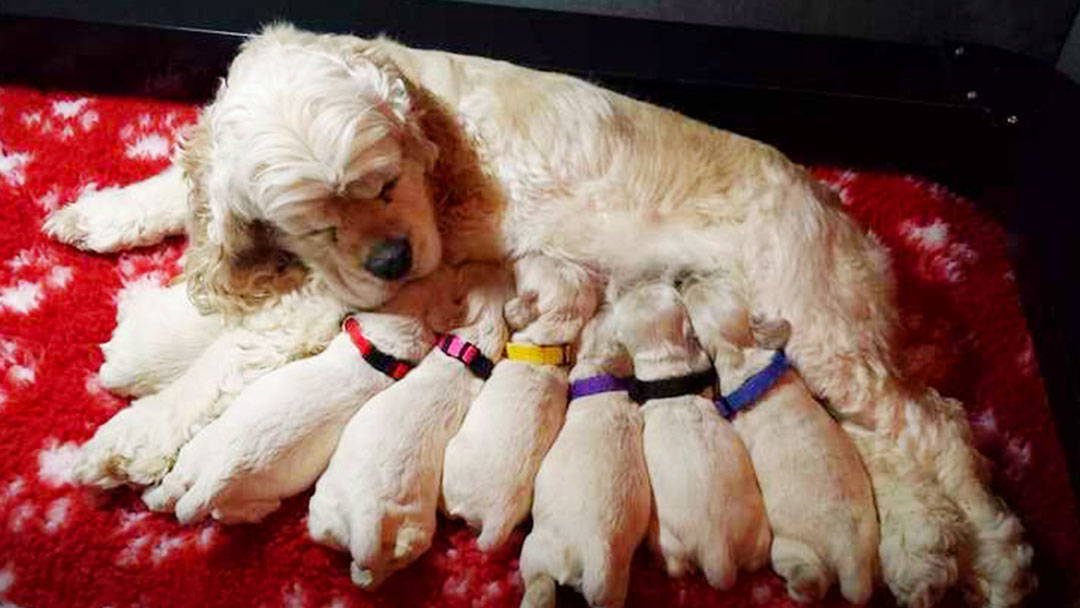
But what if any of those dimensions are missing? If you’ve been to my Puppy Culture seminar, you know we talk a lot about neonatal neurological and endocrine development and how touch, stimulation, and maternal stress can effect that development, positively or negatively. I’m going to pick out one small part of my presentation to talk about, which is the role of tactile stimulation. Many of you are familiar with the “licked rats” studies (if you’re not familiar with it, you can get an overview, HERE). The reader’s digest version is that maternal care, specifically licking completely changes the development of the neurological and endocrine systems of neonate rats, specifically the systems that regulate emotional stability, resilience, and stress reactions - the HPA axis.
It’s been demonstrated conclusively that rat pups whose mother licked them have much better emotional regulation and behavior than non-licked pups. And this is independent of DNA - they have cross fostered rat pups and the result is clearly dependent on maternal care, not the genetics of the pup. Read more HERE and HERE
Best Practices for Breeders
The studies show That this "licking effect" can be reproduced by human caregivers. In the absence of maternal licking, tactile stimulation of the rat pup’s anogenital region with a soft paintbrush or a Swiffer brush applied gently over their whole body could produce results similar to maternal licking. Beneficial results were found with as little as a few seconds three times per day, but it appears that the maximum experimental result so far has been with 15 minutes of stimulation per day.
So, practically, what does this mean to you as a breeder? Say, for instance, your bitch has had a c-section and is slow to come around to caring for the puppies. You’re already picking up and manipulating the puppies to feed them, to clean them, to move them in and out of the whelping box. They’re either getting a feeding tube down their throat several times a day, or being held in position while sponge or bottle fed, or their dam is being pinned down while the puppies are slid on to her teats to nurse. The last thing those puppies need is extra stress.
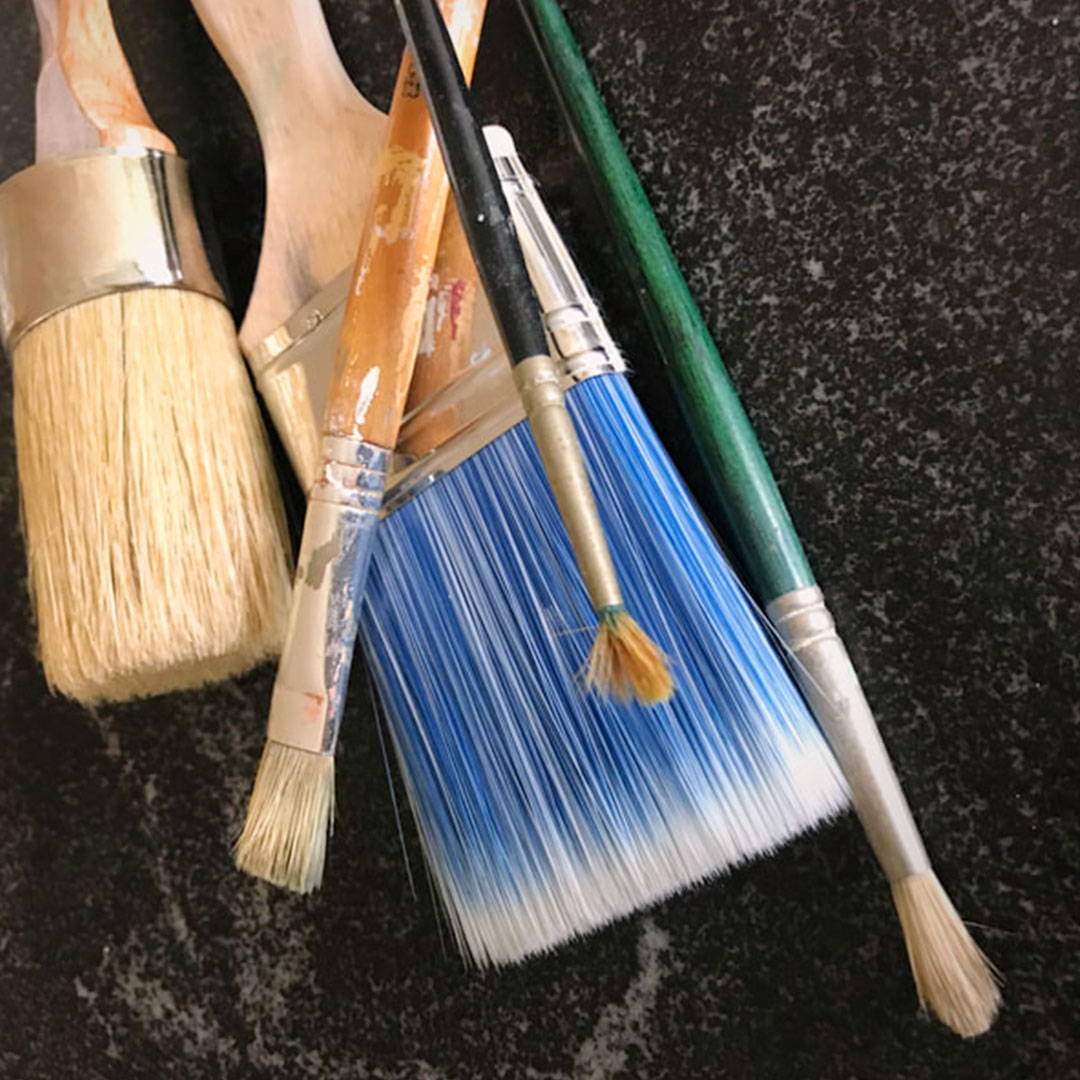
But what they are lacking is maternal licking, which is extremely important to favorable development of the genes surrounding the HPA axis. So (and I’m just taking a stab at this, based on the rat research) long soft but firm strokes along their bodies, and also anogenital regions (unless you are already having to void the puppies yourself). You might consider using a large paintbrush with soft bristles which might more accurately reproduce the action of a tongue. I have not used a brush myself but it would be consistent with the way the rat experiments were designed.
We have recent personal experience with this. Naboo had her two boys by C-section and it took her five days to fully come around to caring for the puppies. In the interim, we were holding Naboo in place so the puppies could nurse, and then cleaning the puppies ourselves. One of the puppies seemed to have extreme reactions to being held and cleaned, so we began stroking him for a few minutes each time we took him out to feed him. At first, he wailed and resisted but after only two days he immediately settled when stroked. I know it’s a sample size of one, but we have seen similar results in other litters, and it makes sense, based on the research.
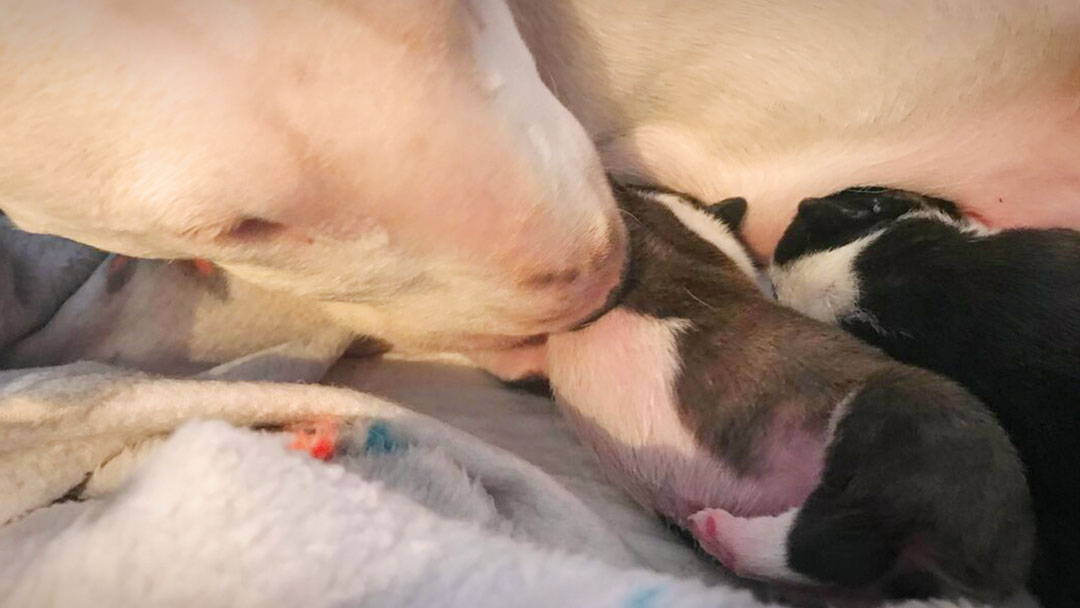
So, the bottom line is, if you have an outstanding earth mother who free whelped and is caring for a thriving litter of puppies, do ENS, it’s really helpful. But if you have any other scenario, consider simulated maternal stimulation (SMS), instead. And, of course, the scenario can change - you might have a litter with a rough start that settles in, in which case you can switch from SMS to ENS. Once again I will disclaim that this is all just my personal experience and how I read the research - but it has definitely been proven that too much ENS is bad for puppies, so I think this is an excellent stab at better practices.
A New Place To Put Your Energy
We get an awful lot of breeders who are super concerned when told that they need to skip ENS because the puppies already have enough stress. These breeders never seem happy with the answer that they should leave out ENS protocols. They feel like their puppies will be short changed. And it seems like many breeders push doing ENS when perhaps it might be better not to do it.
Mulling it over, I think these breeders have the correct instinct, in that we can positively influence the neurological and endocrine development of puppies quite easily in the neonatal period, and they want to take action. But, up until now, they have felt that ENS was their only option. So breeders push hard to “get ENS done” even when it might have been better not to.
And that’s what I believe we need to re-examine - ENS is a fantastic protocol under the right circumstances, but it’s not your only option for influencing the neurological and endocrine development of your puppies. You should always consider whether SMS (Simulated Maternal Stimulation) might be the better protocol, based on the circumstances of the litter.
Hope this helps you make the best choices for your litters. I will be thinking and researching this more in the coming months and perhaps even doing an update to the Workbook down the road.
If you'd like to the first to know when we have a new blog, article, seminar, or product release, join our mailing list HERE.
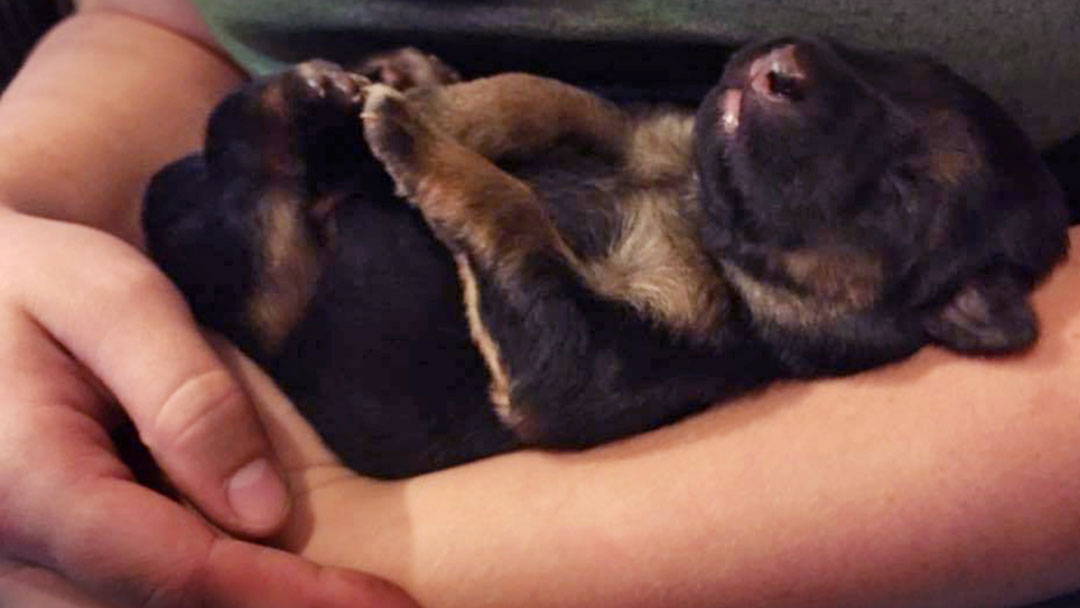

This article was originally updated on puppyculture.com in 2019
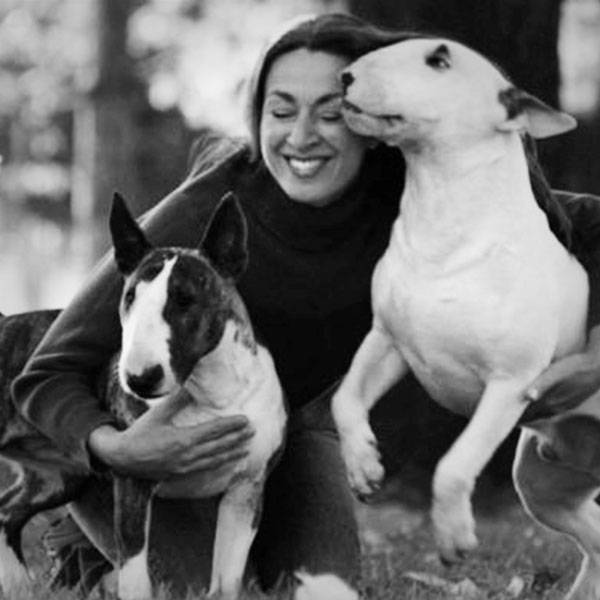
About the Author
Jane Messineo Lindquist (Killion) is the director of "Puppy Culture the Powerful First Twelve Weeks That Can Shape Your Puppies' Future" as well as the author of "When Pigs Fly: Training Success With Impossible Dogs" and founder of Madcap University.
Jane has had Bull Terriers since 1982 and she and her husband, Mark Lindquist, breed Bull Terriers under the Madcap kennel name.
Her interests include dog shows, dog agility, gardening, and any cocktail that involves an infused simple syrup.

